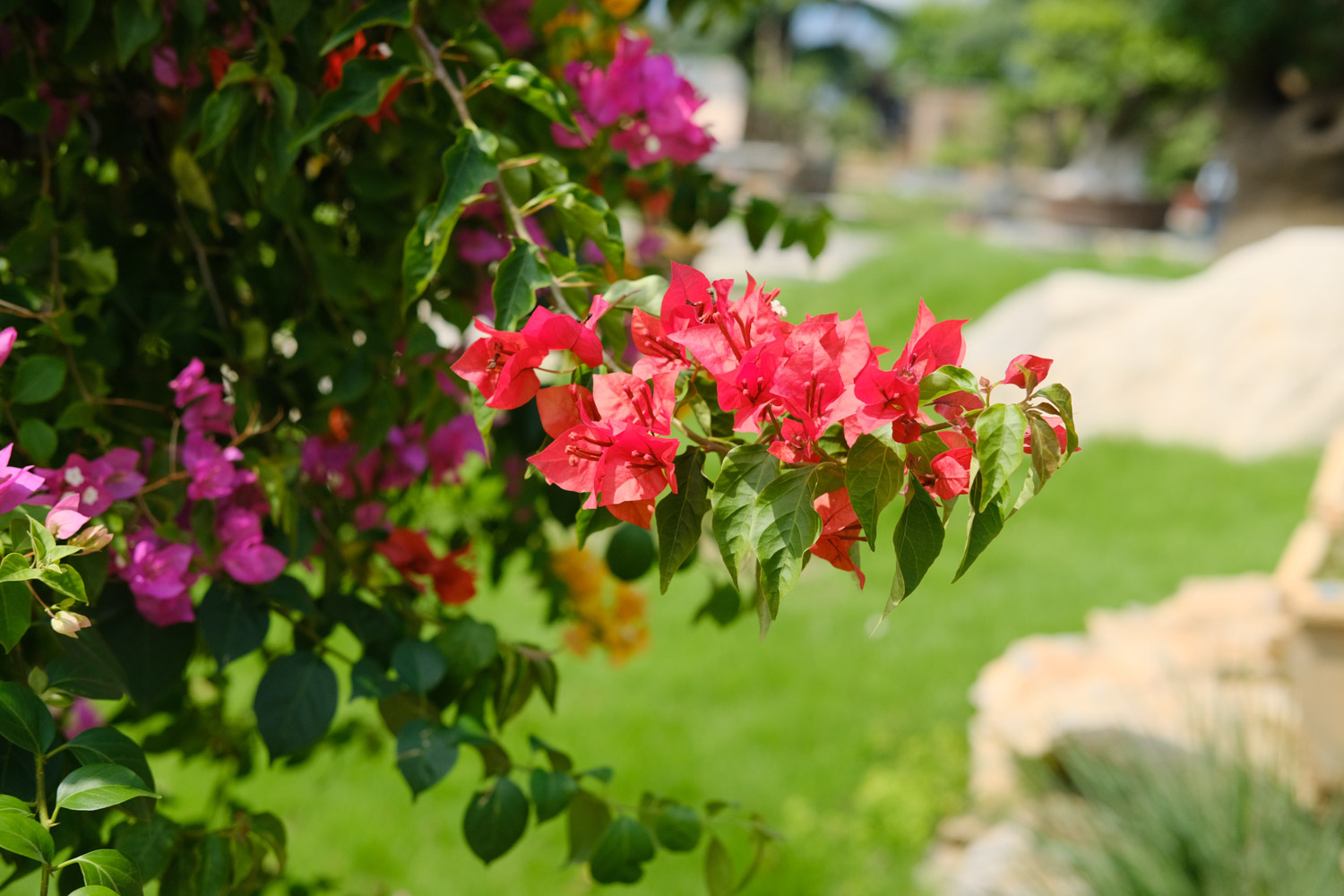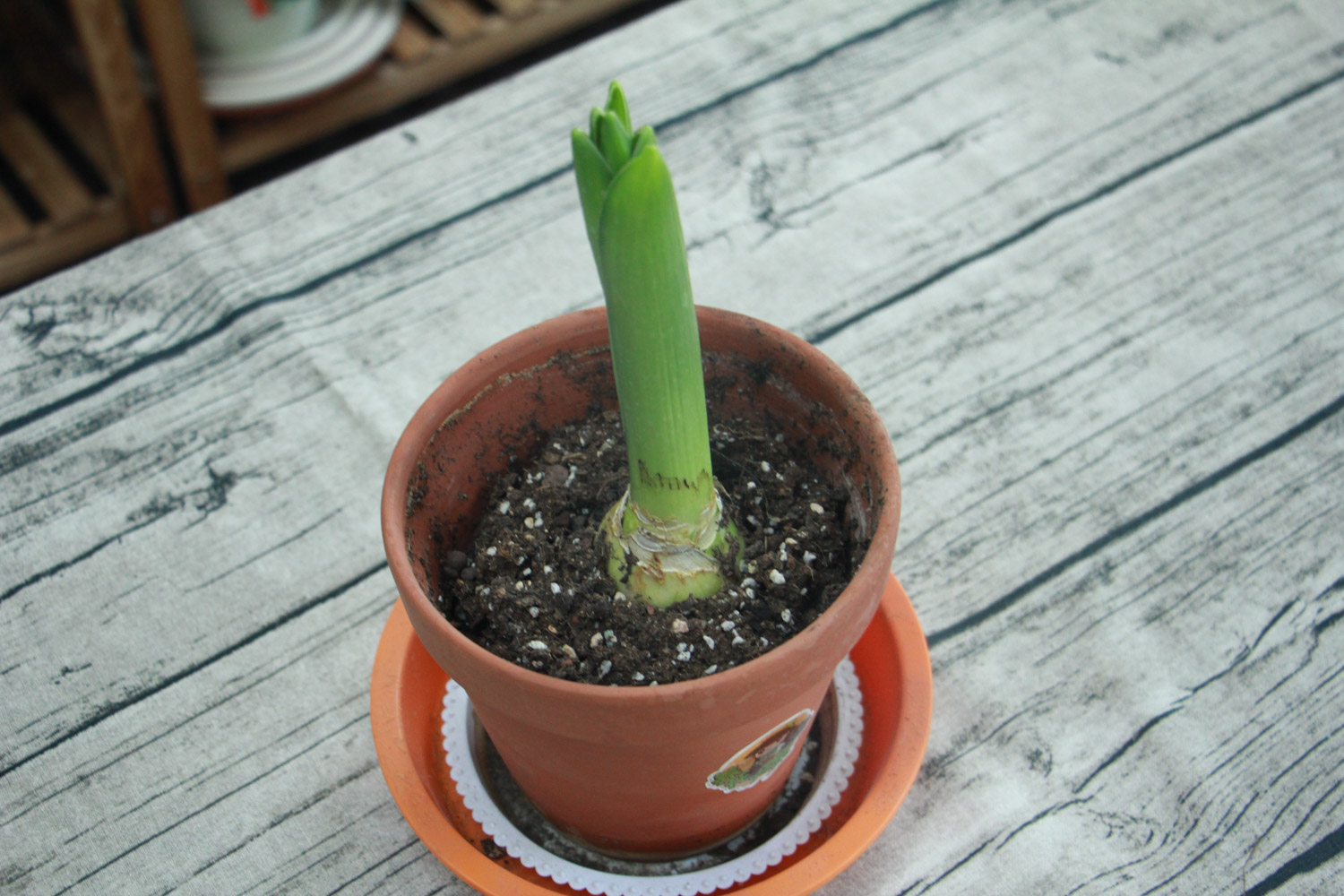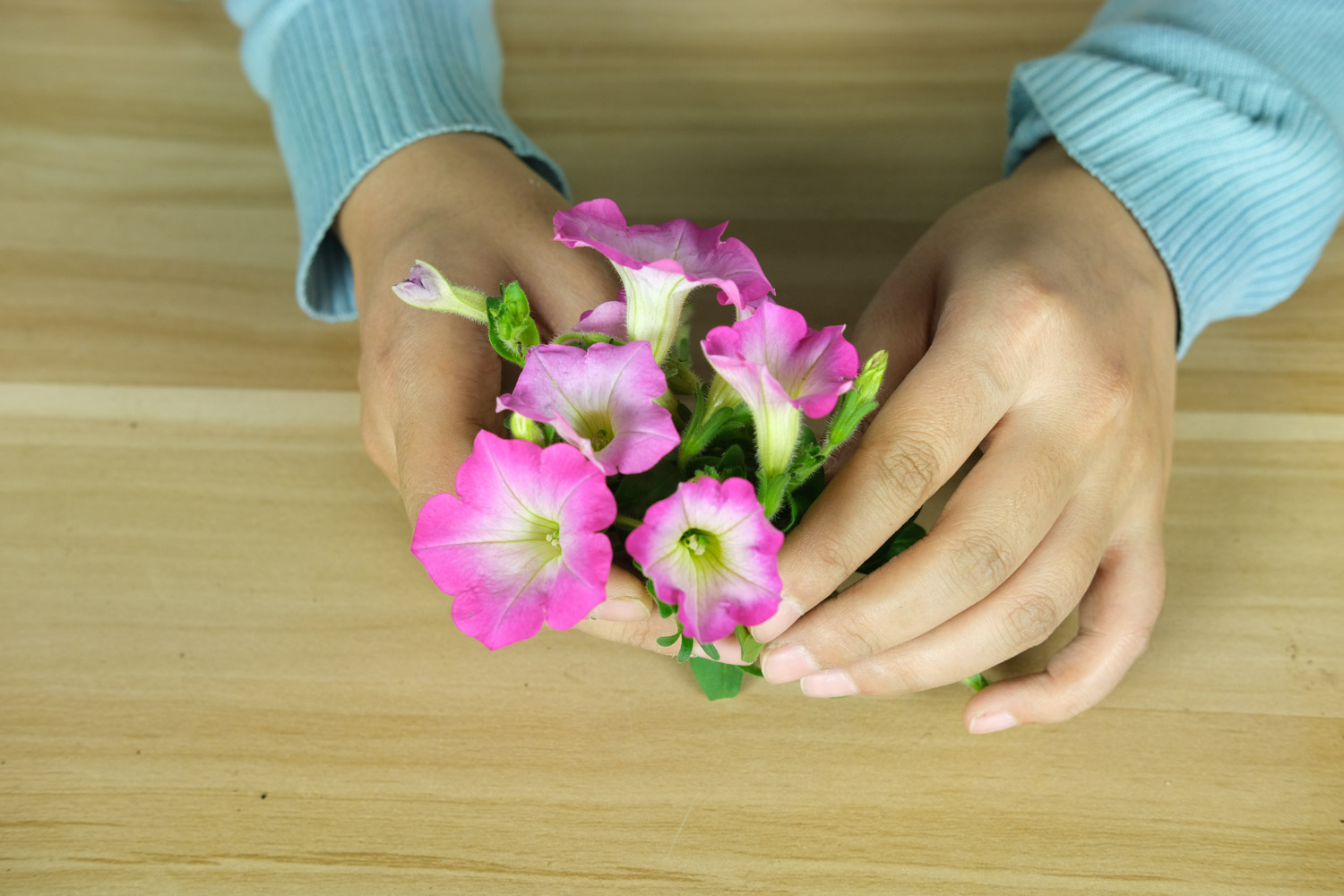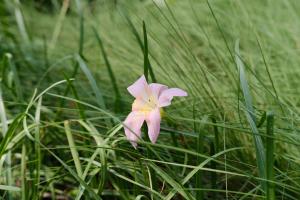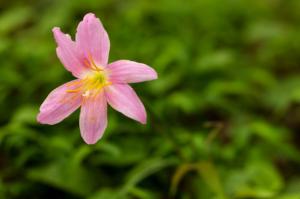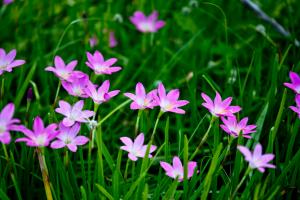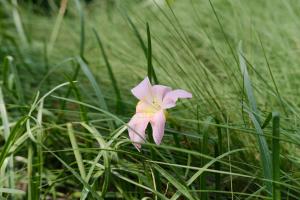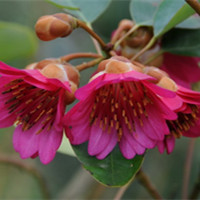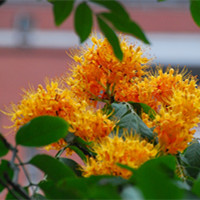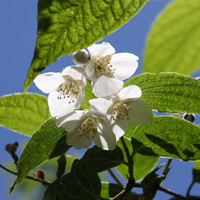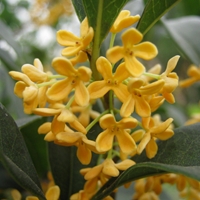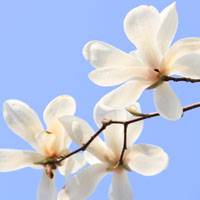Magnolia alias
Magnolia is a deciduous tree of Magnoliaceae, which belongs to woody plants. It has nicknames such as "Magnolia", "yingchunhua" and "yutangchun"
Morphological characteristics of Magnolia
The whole magnolia can reach a maximum of 25 meters, with a wide crown, formed by extended branches. The bark is dark gray, the surface is rough, and there are natural cracks. The branches are thick and basically grayish brown
Magnolia grows with obovate or obovate oval paper leaves. The front section of the leaves is wide and round, dark green, and the rear section is gradually narrow and pointed, light green and pilose
Magnolia flower bud is oval, the flower opens before the long leaves, the diameter of the flower is about 10-16 cm, rich in color, common white and pink, with a fragrant smell
Growth habits of Magnolia
Magnolia needs sufficient light for its growth. It has good cold resistance and can survive the winter safely in the open field
Dry environment is suitable for growth. Cultivation in low humidity environment is easy to cause root rot due to long-term ponding
Fertile slightly acidic sandy soil with good drainage is most conducive to plant development, but it can also be cultivated in weakly alkaline soil
Magnolia is planted in the south. Due to the high temperature, it can bloom from December to January next year
Magnolia can also resist the threat of certain harmful gases and has a special ability to "absorb sulfur". Magnolia is widely planted as an anti pollution tree species in the atmosphere
Value and use of Magnolia
Ornamental value: as a famous species of flowers and trees in China, magnolia is in full bloom like a holy lotus, with petals extending in all directions. It can form dazzling white flowers in courtyards and parks, and has high ornamental value
Medicinal value: Magnolia contains a variety of vitamins and alkaloids, as well as unique volatile oil. After being used as medicine, it has the effects of dispersing the lung and nose, dispelling wind and dispersing cold. It can also treat headache, menstrual pain, rhinitis and other symptoms to a certain extent. It also has a good inhibitory effect on skin fungi
Edible value: because magnolia is rich in a variety of vitamins, trace elements and amino acids, it can also make tea, as well as some delicious foods cooked with Magnolia as ingredients
The flower language of Magnolia
The white flowers of Magnolia bloom in green, accompanied by strong fragrance, make people feel a beautiful yearning and feeling, which usually symbolizes "gratitude"


